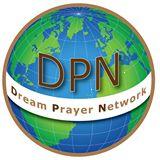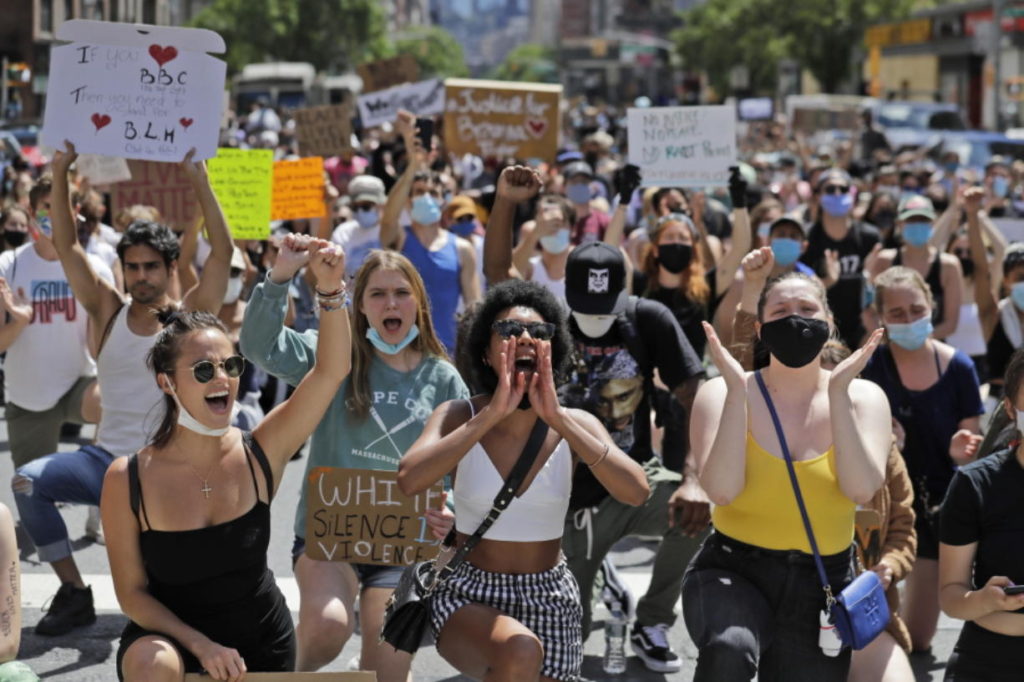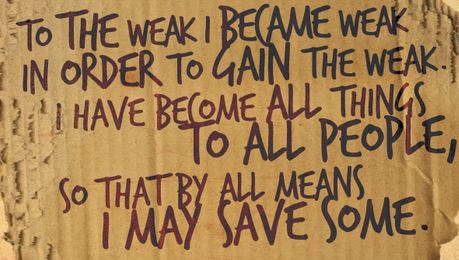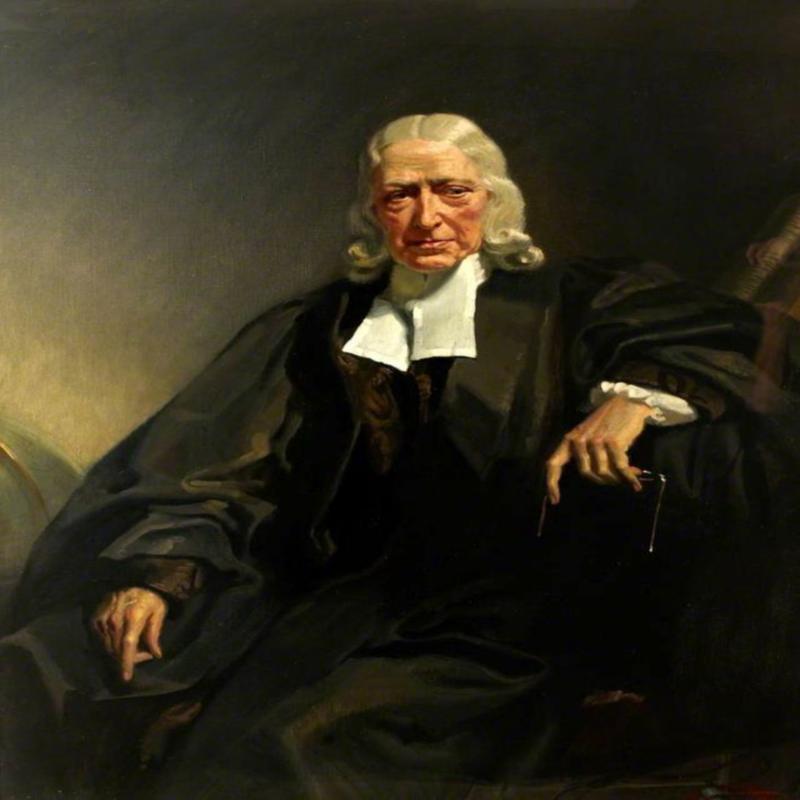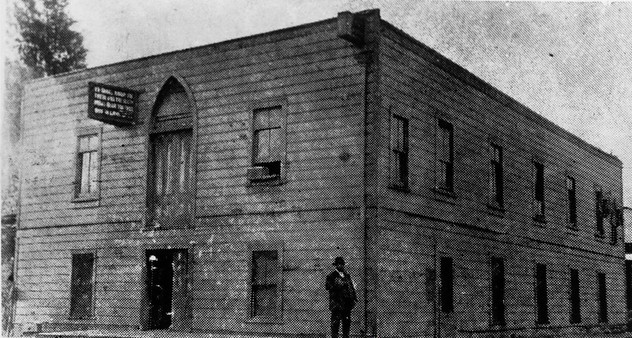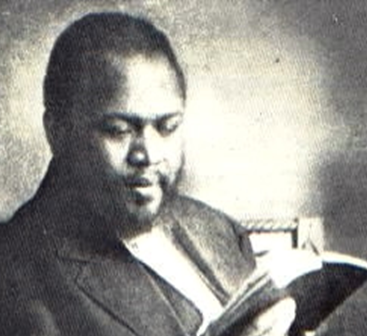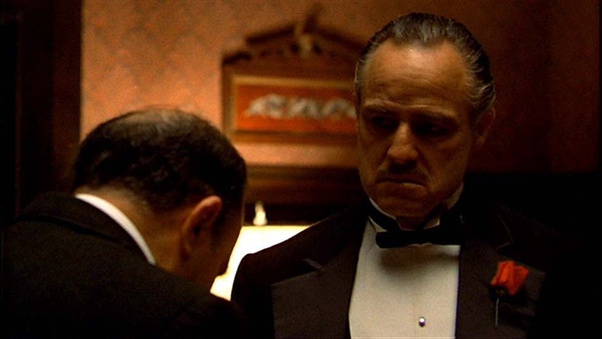
The price the evangelical church has paid for bowing to the gods of politics and power.
“Bonasera . . . Bonasera . . . What have I ever done to make you treat me so disrespectfully? If you’d come to me in friendship, then this scum that ruined your daughter would be suffering this very day.”
Bonasera came to Don Vito Corleone requesting justice to avenge the disfiguring of his daughter by her boyfriend and another young man. The judge suspended their sentence and let them go free.
Corleone had what Bonasera needed, power, influence, and connections. Bonasera bowed and kissed the ring of the Godfather. He walked away with a promise of justice and a chain around his ankle.
Bowing to earthly power always exacts a price from you. It has been 41 years since the evangelical church began aggressive pursuit of moral change in America through the political process. Let’s perform an autopsy on the movement.
Many erroneously believe the impetus of the movement was the Roe vs. Wade Supreme Court decision in 1973 legalizing abortion.
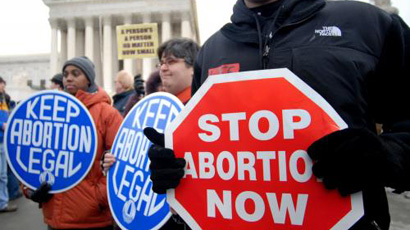
While Roman Catholic bishops immediately urged their communicants to support candidates opposed to abortion, evangelicals had a much different response.
In 1971, the Southern Baptist Convention (SBC) passed a resolution that allowed for the possibility of abortion, “…under such conditions as rape, incest, clear evidence of severe fetal deformity, and carefully ascertained evidence of the likelihood of damage to the emotional, mental, and physical health of the mother.” http://www.johnstonsarchive.net/baptist/sbcabres.html
You might want to read that again. The SBC reaffirmed this resolution in 1974 and 1976.
Rev. W.A. Criswell, a former SBC president, applauded the Supreme Court decision. He opined that “what is the best for the mother and for the future should be allowed.” https://www.dmagazine.com/frontburner/2014/05/the-late-first-baptist-dallas-pastor-w-a-criswell-was-pro-choice/
In 1977, the SBC changed its view on abortion and adopted the staunch pro-life position it maintains today. https://www.baptistpress.com/resource-library/news/how-southern-baptists-became-pro-life/
The issue that inspired evangelicals to engage in political action was the decision of Richard Nixon in 1970 to withdraw tax-exempt status from schools that practiced racially discriminatory policies.
Conservative political strategist Paul Weyrich and likeminded activists reframed Nixon’s Internal Revenue Service (IRS) action as government intervention into church affairs and an attack on religious freedom.
Weyrich tried unsuccessfully for years to rally evangelicals around issues like abortion, prayer in schools, and homosexuality, but now he had an issue.
IRS action to withdraw tax-exempt status from Bob Jones University because of its racially discriminatory policies angered southern evangelicals.

Evangelicals became active, but Weyrich realized he could not build a national political movement around restricting minority access to education.
Weyrich and other conservative leaders began looking for a prominent evangelical leader and gifted communicator. Abortion was spiking around the country and they hoped the right spokesman could build on the new evangelical political momentum.
They found their man in the Reverend Jerry Falwell, pastor of Thomas Rhodes Baptist Church, Lynchburg, VA. In February 1978, a full five years after Roe vs. Wade, Falwell preached his FIRST sermon against abortion.
Falwell declared that abortion was murder and a moral issue, not a political issue. The ensuing response demonstrated to Weyrich that abortion was the issue to mobilize the evangelical community, and Jerry Falwell was their spokesman.
Less than a year later, Weyrich coined the name of the organization that Falwell would adopt for the new political organization-the Moral Majority (MM).
Strange bedfellows made up MM. Falwell boasted of 72,000 pastors who were Catholic, Jewish, Protestant, and Mormon in a political organization that was “pro-Life, pro-traditional family, pro-moral, and pro-American.”
Absent from MM in any appreciable numbers were black Christians. No surprise. MM grew out of a movement spawned by restricting educational access to black children.
MM had a significant influence on the 1980 political election. In the run-up to the election, religious broadcaster Pat Robertson quoted the pollster Lou Harris:
“Reagan is also winning the votes of that 26% of the white electorate who are followers of the evangelical preachers who have been active in the election. This group is providing Reagan his clear margin in the election.”
To be clear, MM was a white political organization that represented the interests of conservative white Christians. Sadly, black Christians supported many of the same moral issues, but that did not matter because they did not seem to matter to MM. This fact haunts the church to this day.
President Reagan went on to win that election as did a number of conservative senators backed by MM. Jerry Falwell went from relative obscurity to White House insider.

MM delivered votes, finances, and elected candidates. Now it was time for the movement to be rewarded.
Despite Republicans having clear majorities in both houses, the Reagan administration did not deliver on its promise to pass a congressional amendment to return prayer to public schools.
Reagan served for eight years in office; yet, the prayer amendment was only brought up once for passage. Concerns over the economy moved the amendment permanently to the back burner.
In 1989, MM disbanded. What did MM accomplish in terms of outcomes that mattered to evangelicals?
Not much said former MM insiders Cal Thomas and Ed Dobson who published “Blinded by Might” in 2000. Thomas argued that “whenever the church cozies up to political power, it loses sight of its all-important mission to change the world from the inside out.”
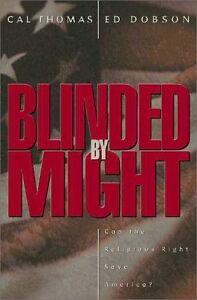
Fast forward another 20 years of Religious Right activity and Thomas’ words still ring true.
Conservative evangelicals that went from tepid to red-hot on abortion have not overturned Roe vs. Wade in 41 years. The movement has not delivered on returning prayer to public schools.
The movement has not prevented the spread of pornography or defeated the assault against traditional family values.
Moreover, churches in America have been declining in attendance for over a decade. A whole generation of young people is abandoning the church in droves.
The church has lost much of its prophetic voice and too often finds itself the pawn of political parties.
MM insider Cal Thomas came to this conclusion 20 years ago when he said: “…the Religious Right has traded the only power that can truly change America – the Gospel’s power to transform hearts – for the methods of a kingdom that is of this world.”
Bowing to earthly power always exacts a heavy price. After 41 years of missteps, it is time for a course correction.
We must vote in the upcoming elections, but it is time for us to put our trust in God alone and in His government, the increase of which there shall be no end. God Bless! Press On!! Kevin
His government and its peace will never end. He will rule with fairness and justice from the throne of his ancestor David for all eternity. The passionate commitment of the LORD of Heaven’s Armies will make this happen! –Isaiah 9:7

